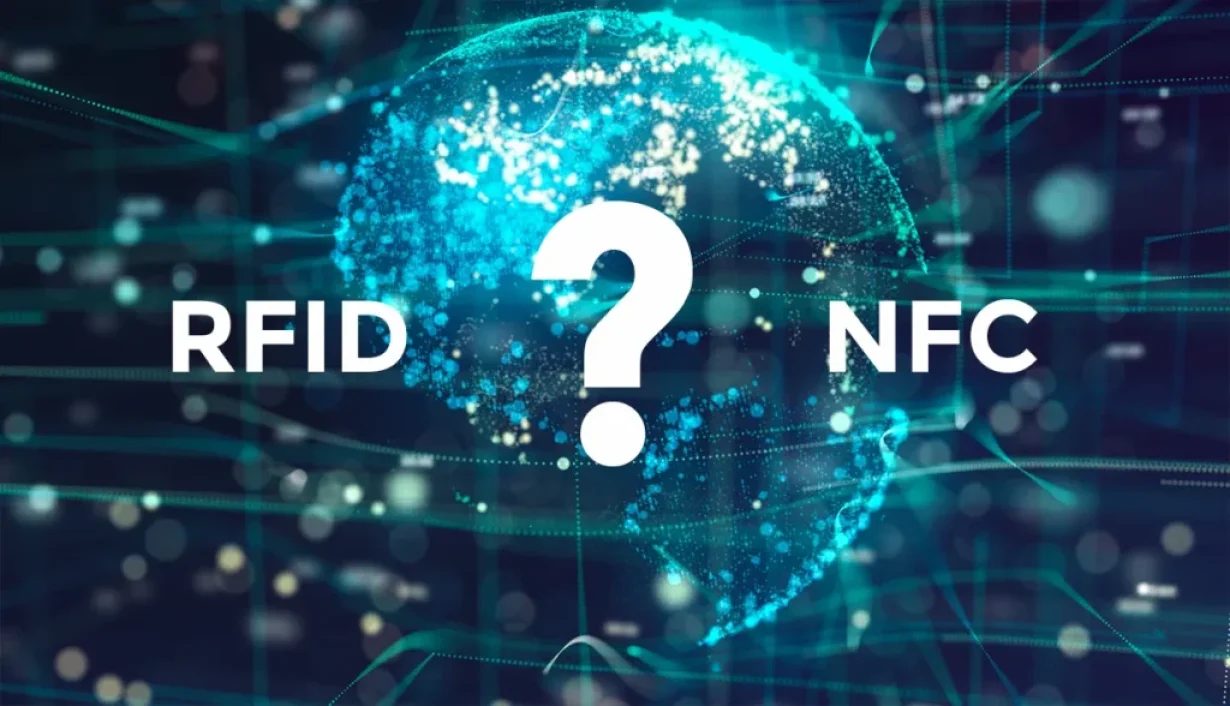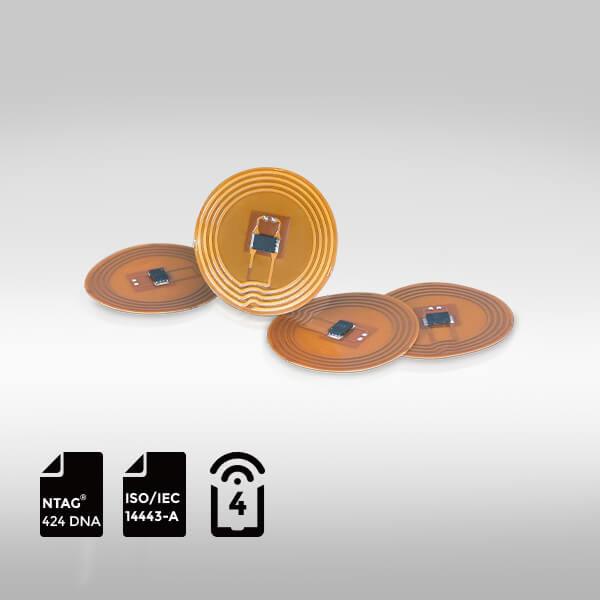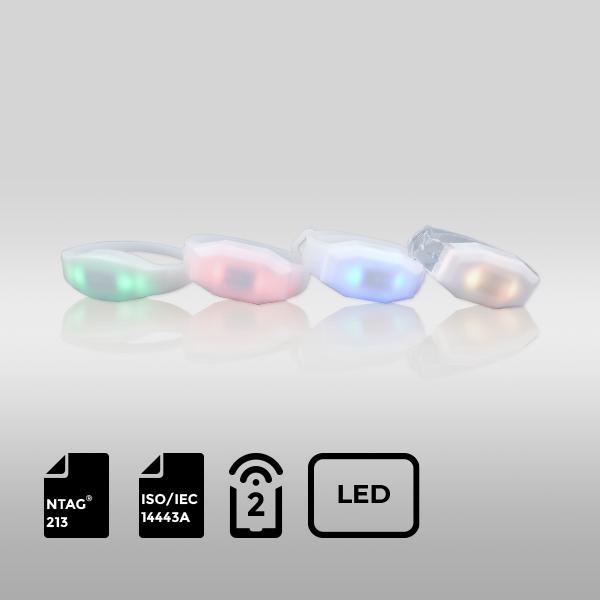
In our increasingly connected world, RFID and NFC technologies have become indispensable tools powering everything from contactless payments to smart inventory management. While these wireless communication solutions share some similarities, understanding their distinct capabilities is crucial when selecting the right technology for your business needs.
Both RFID (Radio Frequency Identification) and NFC (Near Field Communication) enable seamless data transfer through radio waves, but they differ significantly in range, speed, and practical applications. Whether you’re implementing asset tracking, mobile payments, or smart access control, choosing the appropriate technology can dramatically impact your operational efficiency.

Understanding RFID and NFC Technologies
RFID Technology Explained
RFID systems revolutionize asset tracking and inventory management through three core components: tags, readers, and backend systems. Here’s how they work together:
Tag-Reader Communication: RFID tags contain microchips that store data and antennas that receive power from reader signals. When activated by the reader’s electromagnetic field, tags transmit their stored information back to the reader.
Frequency Variations:
- Low Frequency (LF): Operating at 125-134 kHz, LF RFID offers short-range (under 1m) but excellent penetration through materials. Ideal for animal tracking and access control systems.
- High Frequency (HF): At 13.56 MHz, HF RFID balances range (up to 1m) and data transfer speed. Commonly used in library systems and NFC applications.
- Ultra-High Frequency (UHF): With ranges up to 12m, UHF RFID excels in retail inventory management and logistics tracking.
NFC Technology Demystified
As a specialized subset of RFID, NFC operates at 13.56 MHz but is designed for secure, short-range communication between devices. Its key advantages include:
- Two-way communication capability (unlike most RFID)
- Built-in security features for payment systems
- Seamless integration with smartphones
Key Differences Between RFID and NFC
| Feature | RFID | NFC |
|---|---|---|
| Communication Range | Up to 100m (UHF) | ≤10cm |
| Data Transfer Speed | Fast (UHF) | Moderate (424kbps) |
| Security Level | Basic to Advanced | High (AES encryption) |
Top Applications for Each Technology
RFID Solutions
- Supply chain visibility and pallet tracking
- Retail inventory management systems
- Manufacturing process control
NFC Solutions
- Contactless payment terminals
- Smart access control systems
- Interactive marketing campaigns
Choosing the Right Technology
When deciding between RFID and NFC for your business, consider these factors:
- Required read range: NFC for proximity applications, RFID for distance tracking
- Data security needs: NFC offers built-in encryption
- Integration requirements: NFC works natively with smartphones

NTAG424 DNA NFC FPCB Tag
Premium NFC tag with cryptographic authentication for secure applications.

Interactive wristband for events with LED visual feedback.

RFID Antenna UHF
15-Meter Cable for UHF RFID Fixed Reader
UHF Tag
4″x2″ 860-960MHz UHF RFID Label RFID M4D
UHF Tag
4″x4″UHF RFID Label Alien H3 | ISO18000-6C
RFID Antenna UHF
5-Meter Cable for UHF RFID Fixed Reader
HF Card
ABS RFID KEY-FOB Tag RFID Classic 1K
HF Card
ABS RFID KEY-FOB Tag RFID Classic 4K
HF Card
ABS RFID KEY-FOB Tag RFID Ultralight C
HF Tag
ABS RFID KEY-FOB Tag RFID Ultralight EV1
LF Card
ABS RFID KEY-FOB Tag ATA5577
LF Card
ABS RFID KEY-FOB Tag EM4200
HF Card
ABS RFID KEY-FOB Tag EM4305
HF Card
ABS RFID KEY-FOB Tag RFID TAG 213